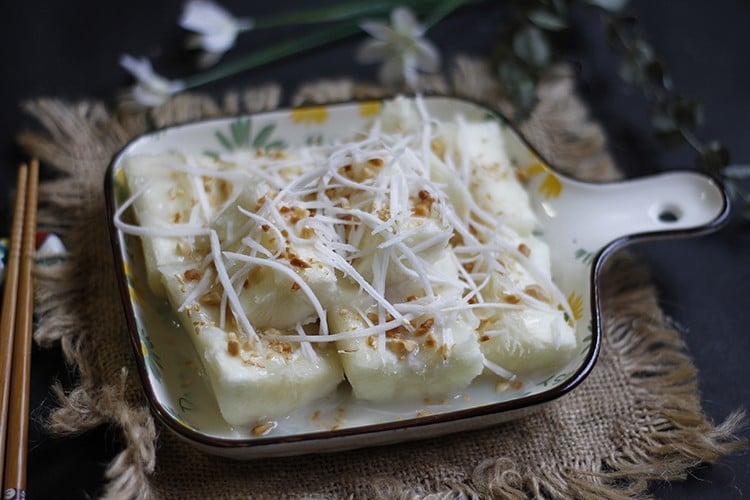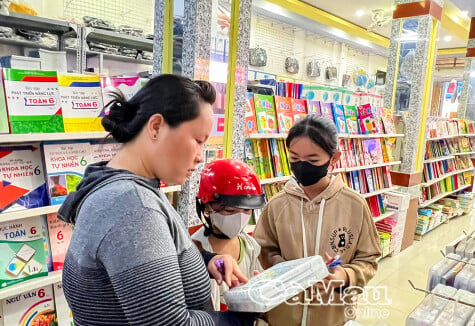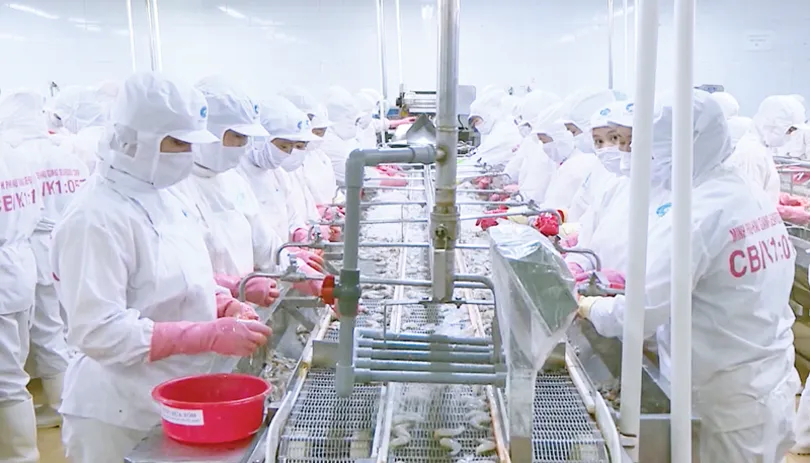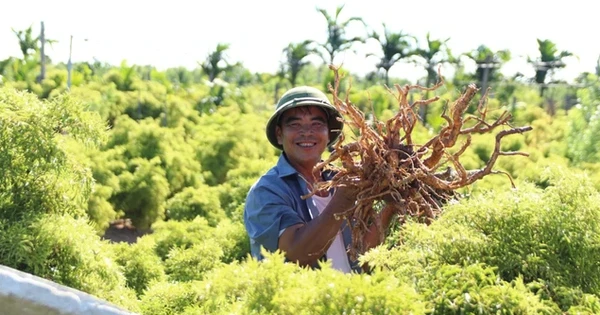Cyanide is found in many natural foods such as cassava and bamboo shoots in the form of glucosides, cyanogenic glycosides (linamarin and lotaustralin).
 |
| Cyanide is found in many natural foods such as cassava. (Source: Vnexpress) |
Cyanide is a chemical used in the mining industry that can cause instant death in small amounts. It is also found naturally in some foods.
Cyanide is used to make paper, textiles, and plastics, according to the U.S. Centers for Disease Control and Prevention. Cyanide salts are used in metallurgy for electroplating, cleaning metals, and separating gold from ores. Cyanide gas kills pests and insects…
Cyanide is also released from natural substances in some plants, including the seeds of common fruits that can poison people who eat them.
According to Associate Professor Nguyen Duy Thinh, former lecturer at the Institute of Biotechnology and Food Technology, Hanoi University of Science and Technology, cyanide is a chemical that must be used carefully and in the correct dosage.
Just 50 - 200mg of cyanide or inhalation of 0.2% cyanide gas is enough to cause acute poisoning, impaired consciousness, convulsions, rapid heart rate, leading to death. At mild levels, cyanide can cause headaches, dizziness, and weakness in the limbs.
Cyanide is found in many natural foods such as cassava and bamboo shoots in the form of glycosides, which are cyanogenic glycosides (linamarin and lotaustralin). Under the influence of gastric juice and digestive enzymes, these substances will be hydrolyzed and release hydrocyanic acid.
At medical facilities, doctors still record cases of cassava and fresh bamboo shoot poisoning. Patients have symptoms of digestive disorders such as bloating, vomiting, diarrhea, abdominal pain, some cases have neurological disorders such as headaches, hot flashes, tinnitus, dizziness, itching, restlessness, tremors, convulsions, a few cases of cassava poisoning have symptoms of heart rhythm disorders.
According to Mr. Thinh, the amount of cyanide varies depending on the cassava variety. For example, high-yield cassava and bitter cassava contain more toxins. The three parts of the cassava that need to be removed are the two ends, the core, and especially the peel. Therefore, people should not eat high-yield cassava, red-leaf cassava, low-growing cassava, and cassava with cuts that have been left for a long time.
Cyanide in cassava and bamboo shoots is volatile and soluble in water, making it easier to remove. People should soak bamboo shoots and cassava in water to remove this toxin. When boiling cassava and bamboo shoots, open the pot lid to let the cyanide evaporate completely. Mr. Thinh also recommends not eating bamboo shoots or cassava that have been left for too long, and not eating pickled bamboo shoots.
Source
































![[Photo] An Phu intersection project connecting Ho Chi Minh City-Long Thanh-Dau Giay expressway behind schedule](https://vstatic.vietnam.vn/vietnam/resource/IMAGE/2025/8/21/1ad80e9dd8944150bb72e6c49ecc7e08)































![[Photo] Politburo works with the Standing Committee of Hanoi Party Committee and Ho Chi Minh City Party Committee](https://vstatic.vietnam.vn/vietnam/resource/IMAGE/2025/8/21/4f3460337a6045e7847d50d38704355d)

































Comment (0)